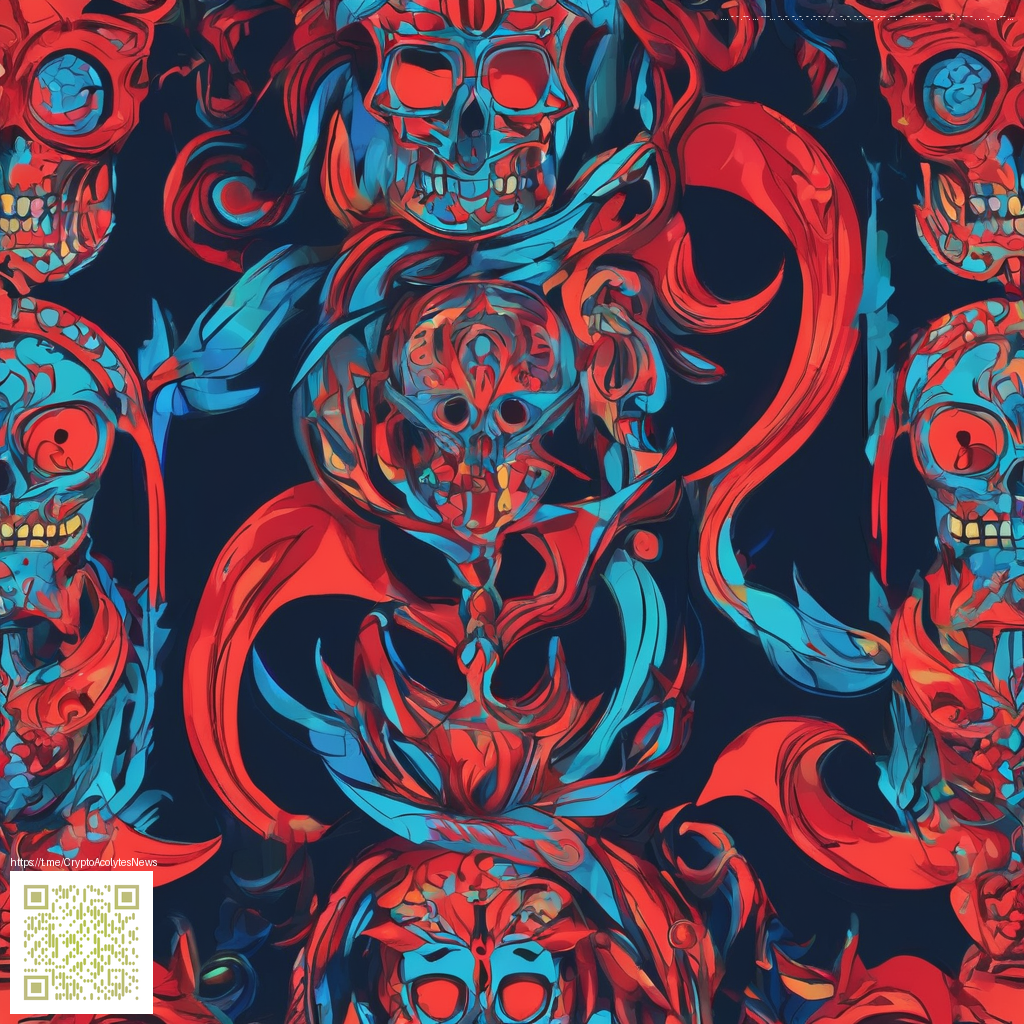
Crafting a Moodboard with Digital Paper Textures
Moodboards are more than color swatches and fonts—they’re a tactile map of your design intent. When you layer digital paper textures, you invite depth, warmth, and subtle imperfections that make concepts feel tangible. Digital paper textures let you experiment freely, swapping tones and grain without the overhead of physical material. Start with a mood you want to evoke—calm and understated, bold and tactile, or vintage-inspired—and let textures guide your composition.
Choosing Your Texture Palette
Define a cohesive texture palette by anchoring it to a few core ideas. Consider three to five texture families that share a tonal range. A balanced mix might include a delicate vellum grain, a subtle speckle, a fibrous weave, and a torn-paper edge. Scale matters—grains can recede or pulse depending on their size, so plan a hierarchy where some textures serve as background, while others act as focal points. Keep a consistent light source in mind; textures that read differently under shifting light can disrupt your board if not harmonized.
- Core color family and tonal range
- Texture families: paper grain, fibers, speckle, torn edges
- Scale and tiling: seamless repetition vs. varied scale
- Lighting direction: ensure textures reflect a unified light source
Collecting and Organizing Textures
Texture sourcing is a hybrid practice. You can gather digital textures from stock libraries, scan handmade papers, or photograph found materials. Once collected, crop and color-correct to maintain consistent brightness across tiles. Tag files with descriptive keywords—think “grain,” “vellum,” “fibers”—to speed up retrieval during layout. A well-tagged library saves time and reduces the guesswork when you’re building variations.
- Source textures from trusted libraries or your own scans
- Crop and color-correct for uniform brightness
- Tag with descriptive keywords
- Save at web-friendly sizes (roughly 1500–3000 px on the long edge)
- Keep a centralized moodboard project in your design app
For a stable physical workspace as you test ideas on paper or fabric swatches, consider a Rectangular Gaming Mouse Pad with a non-slip rubber base. A 1/16 inch thickness keeps items flat without arching your surface, making it easier to compare textures side by side.
To broaden your perspective, you can also look for inspiration on dedicated texture galleries. This moodboard inspiration page offers a broader collection to spark your own combinations: https://digital-x-vault.zero-static.xyz/6499a0ce.html.
Layout and Presentation
With textures in hand, approach layout like a designer would a photo composite. Start with a neutral backdrop to ensure one texture doesn’t overpower another, then experiment with overlays that simulate layering—soft glazes, light masks, or subtle blend modes. Use a grid to reveal relationships between textures, but don’t be afraid to break symmetry for emphasis. Keep negative space purposeful; it helps the eye rest and makes each texture feel intentional rather than crowded.
- Lay out textures in a grid with consistent gutters to reveal relationships
- Use a neutral backdrop to keep textures in focus
- Experiment with overlay masks to simulate layering
- Toggle layers to compare tonal shifts and grain intensity
- Export the final board as PNG for sharing or PDF for client reviews
“Texture communicates mood faster than words—scale, grain, and subtle flaws tell a story before you even speak.”
As you refine the board, keep a living document of changes. Your moodboard should evolve with the project, reflecting new ideas, client notes, and how textures respond to color tests. This iterative approach keeps the creative brief aligned with tangible visuals rather than abstract concepts.